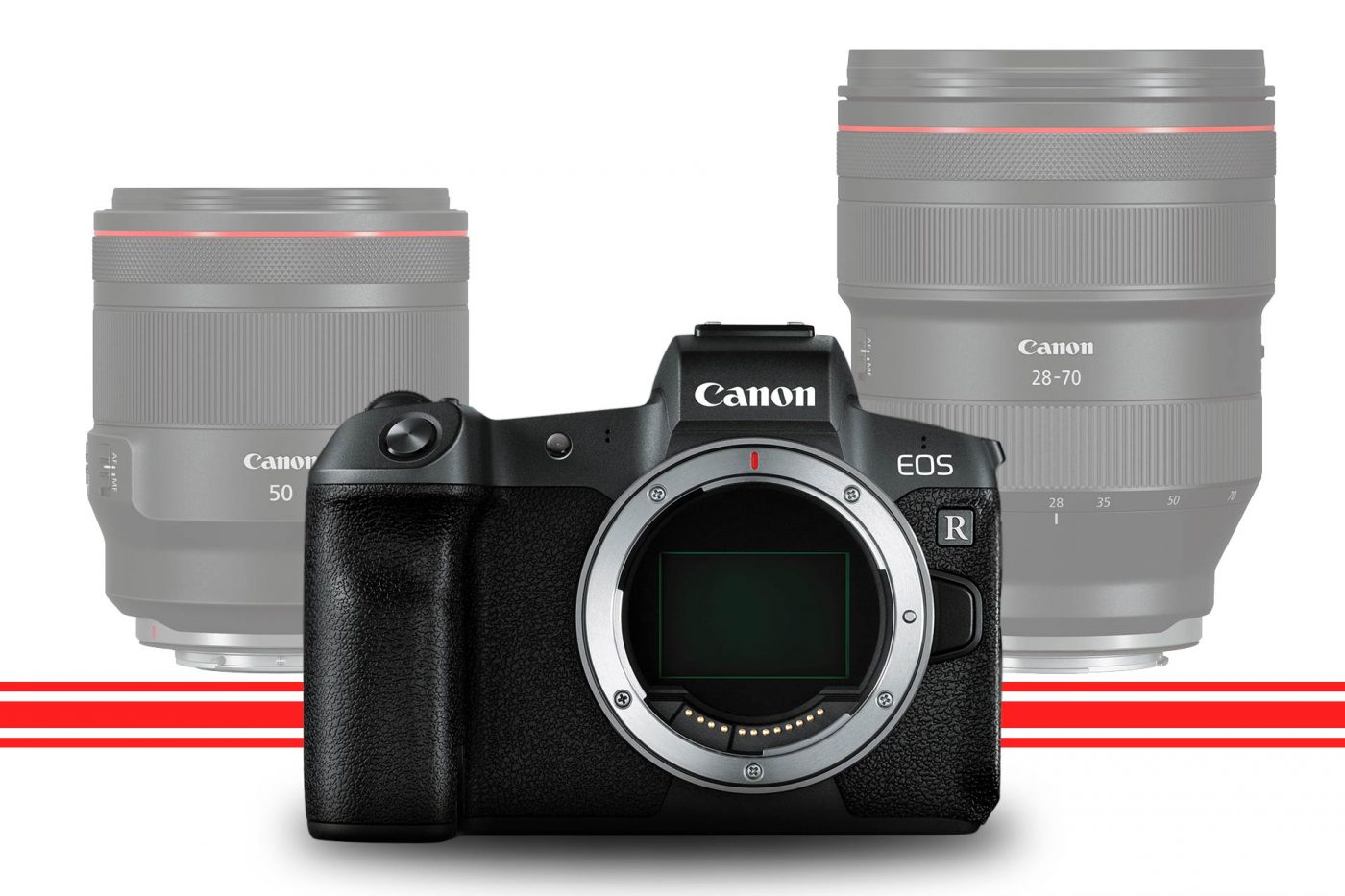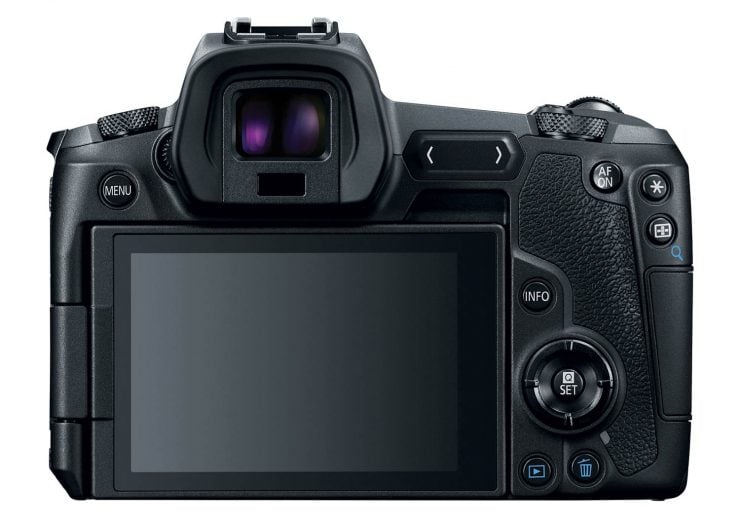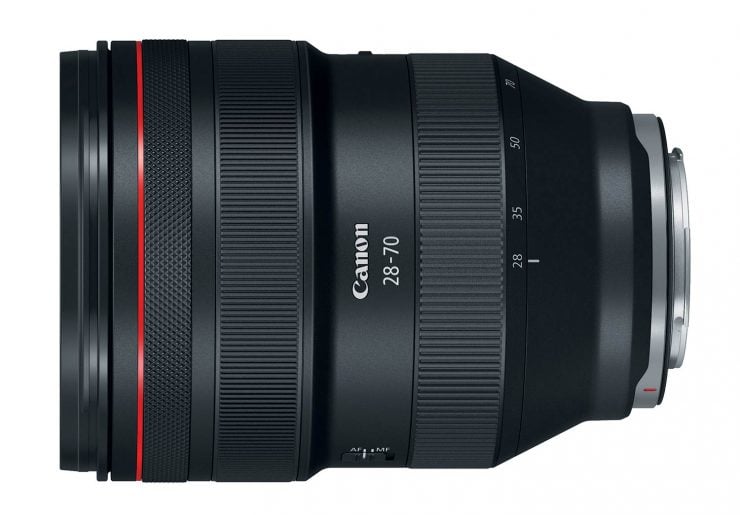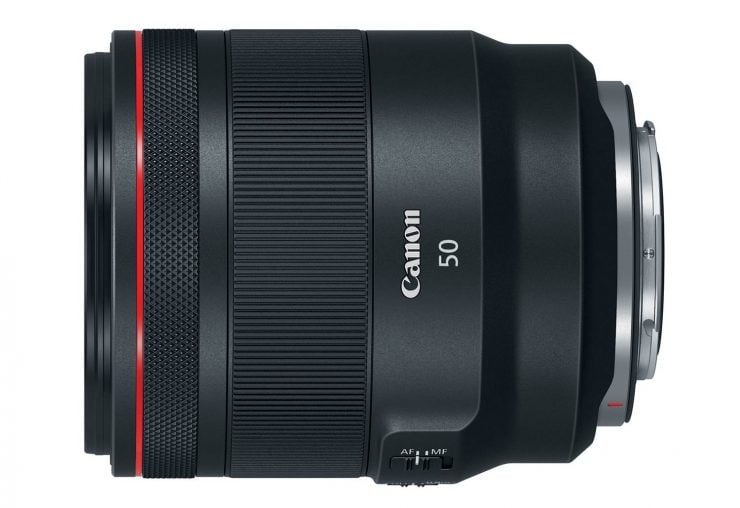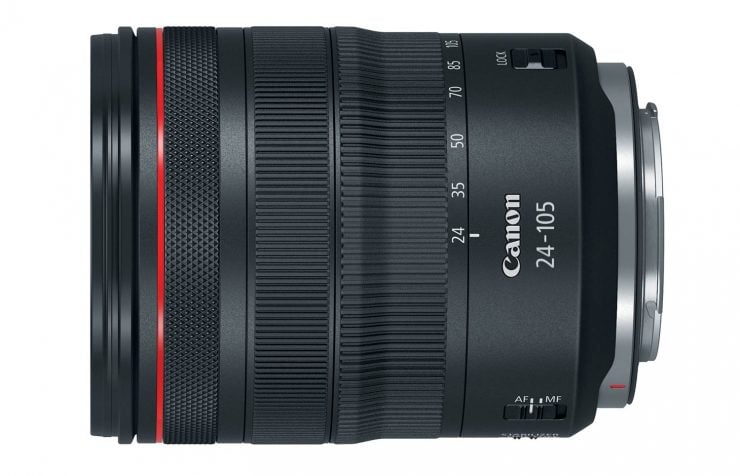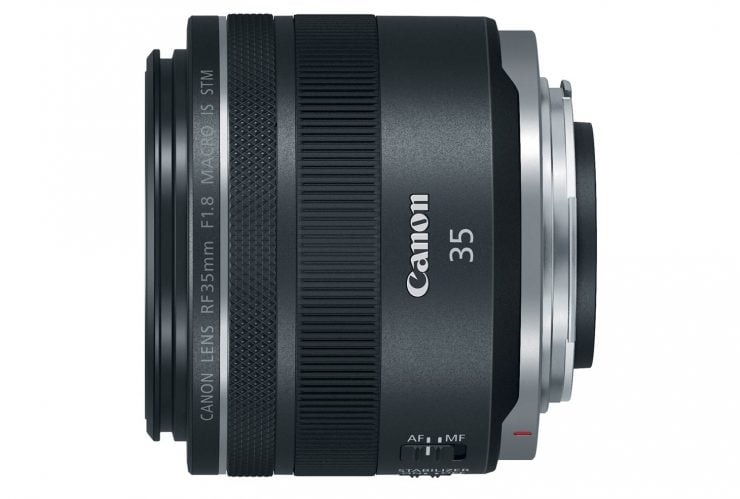Early this morning, Canon announced their entry into the full-frame mirrorless camera market with the EOS R body and four RF-mount lenses. As the third major player in the full-frame mirrorless market, it is inevitable that comparisons will be made with the existing competition: Sony and Nikon. Compared to the A7III and Z6, Canon’s EOS R has a couple of major improvements, but also some troubling oversights.
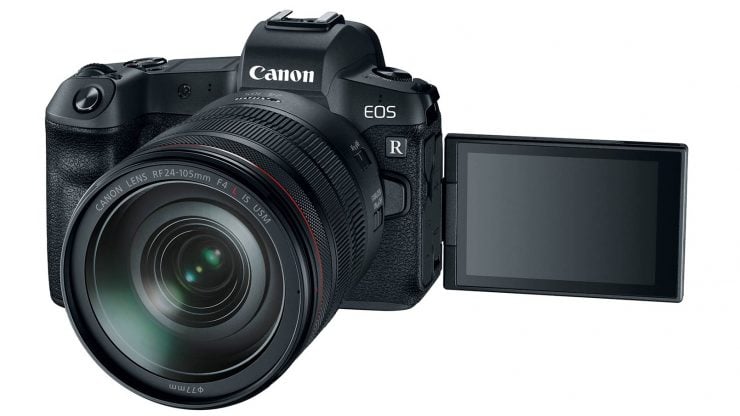
The Good, In a Nutshell
Canon has a lot of experience with on-sensor, dual-pixel autofocus, and the AF system on the EOS R is a beast, with over 5,600 autofocus points, covering nearly the entire frame (100% vertical, 88% horizontal), with excellent sensitivity in low light. AF should be very fast: .05 seconds, optimally. Sensor resolution is slightly higher than the others. Photographers who shoot in bursts will have a virtually unlimited buffer when shooting Dual-Pixel RAW files.
Vloggers will be happy with the rear LCD monitor that can be flipped to the side to face forward for monitoring selfie-video. 12 EV dynamic range for C-log video, 10-bit HDMI output.
The Bad, In a Nutshell
Unlike Sony and Nikon, Canon has not adopted in-body image stabilization (IBIS), so stabilization will have to be built into lenses or will be entirely absent. Top ISO is slightly lower than the others, frame rate is only 8fps for stills, and the body has only a single SD card slot.
Video performance is a problem. 4K video shooting is cropped to about 1.7x (using the center of the sensor), and there is no 120fps capability at 1080p.
This will be a matter of opinion, but my impression is that the controls of the EOS R are going to seem unfamiliar to existing EOS DSLR users. The main thumb dial is moved, an odd slider has been introduced next to the viewfinder, and the mode dial is gone.
The General Specs, Compared to Nikon and Sony
| Canon EOS R | Nikon Z6 | Sony A7III | |
|---|---|---|---|
| Price (Body) | $2299 | $1999 | $1999 |
| Len Mount | RF-Mount | Z-mount | E-mount |
| Sensor Resolution | 30.3 Megapixel | 24.5 Megapixel | 24.2 Megapixel |
| ISO Range | 100-40000 | 100-51200 (50-204800) | 100-51200 (50-204800) |
| Autofocus Points (total) | 5,655 | 273 | 1118 |
| AF Light Level | -4.5 to +19.5 EV (with f/2 lens) | -2 to +19 EV (with f/2 lens) | -3 to 20 EV (with f/2 lens) |
| Frame Rate | 8fps (14-bit RAW, Dual pixel RAW) | 12fps (12-bit RAW or JPG) | 10fps (14-bit RAW) |
| Buffer Size | Dual-Pixel Compressed: Unlimited 78 compressed RAW 47 uncompressed RAW | n/a (estimate around 40) | 89 compressed RAW 40 uncompressed RAW |
| Built-In Image Stabilization | None | 5-axis, 5 stops | 5-axis, 5 stops |
| Anti-Flicker | Yes | No | Yes |
| Silent/Electronic Shutter option | Yes | Yes | Yes |
| Shutter Speeds | 1/8000 - 30 sec | 1/8000 - 30 sec | 1/8000 - 30 sec |
| Flash Sync Speed | 1/200th sec. | 1/200th sec. | 1/250 sec. |
| Full Frame 4K | NO (1.66x crop) | YES | YES |
| Video Resolution | 4K (3840x2160), 1080p, 720p | 4K (3840x2160), 1080p, 720p | 4K (3840x2160), 1080p, 720p |
| Max 1080p Framerate | 60fps | 120fps | 120fps |
| Video Format | MOV/MP4 H.264/MPEG-4 | MOV/MP4 H.264/MPEG-4 | XAVC S, AVCHD format Ver. 2.0 H.264/MPEG-4 |
| Clean HDMI Out | USB-C Out Yes: 10-bit 4:2:2 | Yes: 3840 x 2160 (24/30p),(4: 2: 2 10-bit HDMI output) | Yes: 3840 x 2160 (24/30p), YCbCr 4:2:2 8-bit / RGB 8-bit |
| Log Profile | C-log | N-log | S-log2, S-log3 |
| Heaphone Jack | ? | Yes (3.5mm stereo) | Yes (3.5mm stereo) |
| EVF Type | Quad VGA 3,686,400 pixel | Quad VGA 3,686,400 pixel | 1.3cm XGA OLED 2,359,296 pixel |
| EVF Coverage | 100% | 100% @ 0.8x | 100% @ .78x |
| EVF Frame Rate | ? | 60fps | 60fps |
| Rear LCD | 3.15" 2,100,000 pixel | 3.2" 2,100,000 pixel | 3" Touchscreen 921,600 pixel |
| Swivel Angles | Flip out to side, PROBABLY 180 up, 90 degree down rotation | Up Down | Up 107 degrees Down 41 degrees |
| Body Size | 135.8mm x 98.3mm x 67mm | 134 mm x 100.5 mm x 67 mm | 126.9 mm x 95.6 mm x 62.7 mm |
| Weight (with battery and memory card) | 660g | 675g | 650g |
| Media | 1 SD Card Slot (UHS-II) | 1 XQD Card Slot | 2 SD Slots (1 UHS II) |
| Battery Type | LP-E6N or LP-E6 (shorter life) | EN-EL15b or EN-EL15a (shorter life) | NP-FZ100 (2280mAh) |
| CIPA Battery Life (EVF Shooting) | ~350-430 depending on power mode | ~310 shots | ~610 Shots |
| Connectivity | USB-C, Wi-Fi (2.4 and 5GHz), Bluetooth | USB-C, NFC, Wi-Fi (2.4GHz), Bluetooth |
The New Lenses
Canon announces four RF lenses with the EOS R: the RF 35mm f/1.8 IS STM, the RF 50mm f/1.2, 28-70 f/2, and 24-105 f/4 IS USM. The RF mount is not interchangeable with the EF mount, though they are very similar in size (54mm).
One of the reasons that mirrorless cameras have become so popular is that their bodies are relatively compact. Canon has done everything that they can, it seems, to make up for it with big, heavy lenses (Sony has done the same thing, to some extent).
The 28-70 f/2 is among the largest aperture zoom lenses available for a full-frame camera, and you’ll pay for it in size and weight (and dollars: $3000). It weighs in at over three pounds… nearly twice as much as the 24-70 f/2.8L II, and about the same as the 70-200 f/2.8L IS II.
The RF 50mm f/1.2 has nothing in common with its EF counterpart. The RF lens is designed with 15 elements in 9 groups, while the EF design contains 8 elements in 6 groups. And with so much glass, the weight has increased too: it weighs 950g, it weighs about 65% more than the EF (580g).
However, the weight increase of the RF 24-105mm f/4 IS STM lens is modest. It weighs in at 700g, compared to the EF STM version’s 525g, and the EF USM II version is actually heavier, at 795g.
The 35mm f/1.8 is the only lens of the group that truly has a weight advantage over the SLR models. Canon’s 35mm f/2 IS has a slightly smaller maximum aperture than the RF, and also weighs about 335g, while the RF 35mm f/1.8 weighs a mere 305g. It is worth noting, though, that the EF lens is weighed down with excellent image stabilization, which the RF lens lacks.
Prices and Availability
The EOS R camera will be available in late October, according to the Japanese press release, at $2299 for the body only, or $3399 with the 24-105 f/4 kit lens. The 50mm f/1.2 lens will be available in October, also at $2299, but you’ll have to wait until December for the rest of the lenses. The 28-70 f/2 will cost $2999, the 24-105mm f/4 will cost $1099 when purchased separately, and the 35mm f/1.8 Macro will cost $499.

